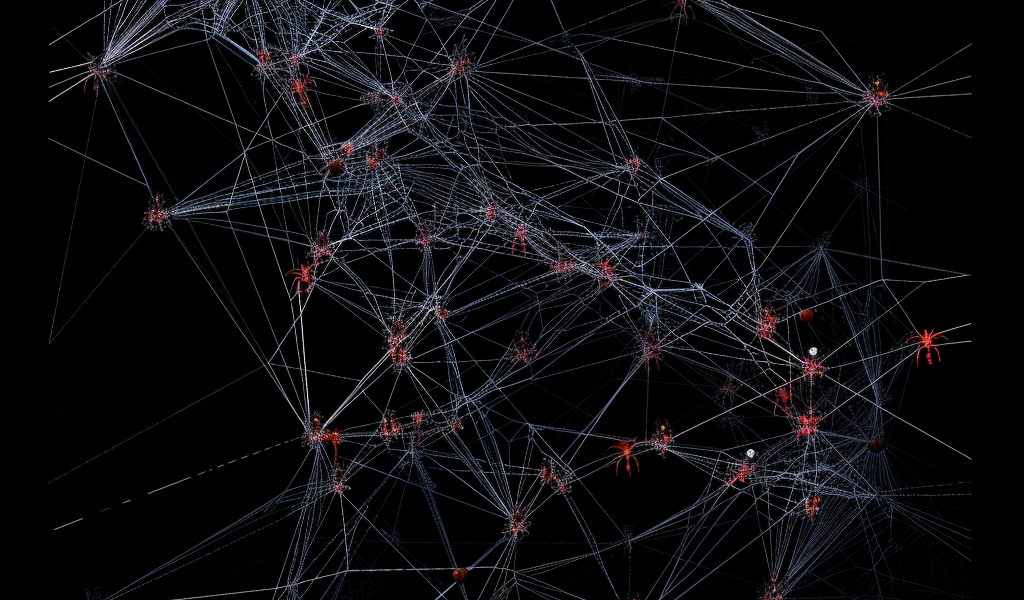Food web flexibility through time
A theoretical experiment characterized the network architecture of a species-rich ecosystem over 8 months. Predator–prey interaction networks play a key role in structuring ecosystems, but ecological research has often treated such networks as static, despite the broadly accepted understanding of ecosystems as dynamic. Hirokazu Toju and colleagues followed the complex food webs between 50 predatory spider species and 974 prey species, including midges, springtails, mosquitoes, and aphids, for eight months. The studied ecosystem is a warm-temperate grassland located at the Center for Ecological Research at Kyoto University, Japan. In a previous study, spiders were collected by sweeping with an insect net for a few days each month. Then the spiders’ prey was identified by DNA metabarcoding of spiders’ gut contents. The network created from this data shifted between consecutive months from April to November. Some species left, others appeared, and—most impactfully—some predators switched prey. In the current study, the authors use these data to create a framework for identifying which species contribute to the flexibility of the overall network architecture, species which they designate as “network coordinators.” Network coordinators, such as the sit-and-wait predatory spider Oxyopes sertatus and the web-weaving spider Argiope bruennichi, can shift to new relationships in response to biotic or abiotic environmental changes, and thus offer a measure of stability to the network as a whole. Detritivore prey such as nonbiting midges (Chironomus) and springtails (Homidia) also showed high contributions to network flexibility, suggesting that a stable above-ground ecosystem may rely on the stability of the soil ecosystem beneath it. According to the authors, ecology must consider the dynamism of networks if the discipline hopes to understand mechanisms determining community stability—an important question for those who might want to conserve ecosystems as they weather the unprecedented environmental changes of the Anthropocene.
Tagged:EcologyEcosystemFood web





